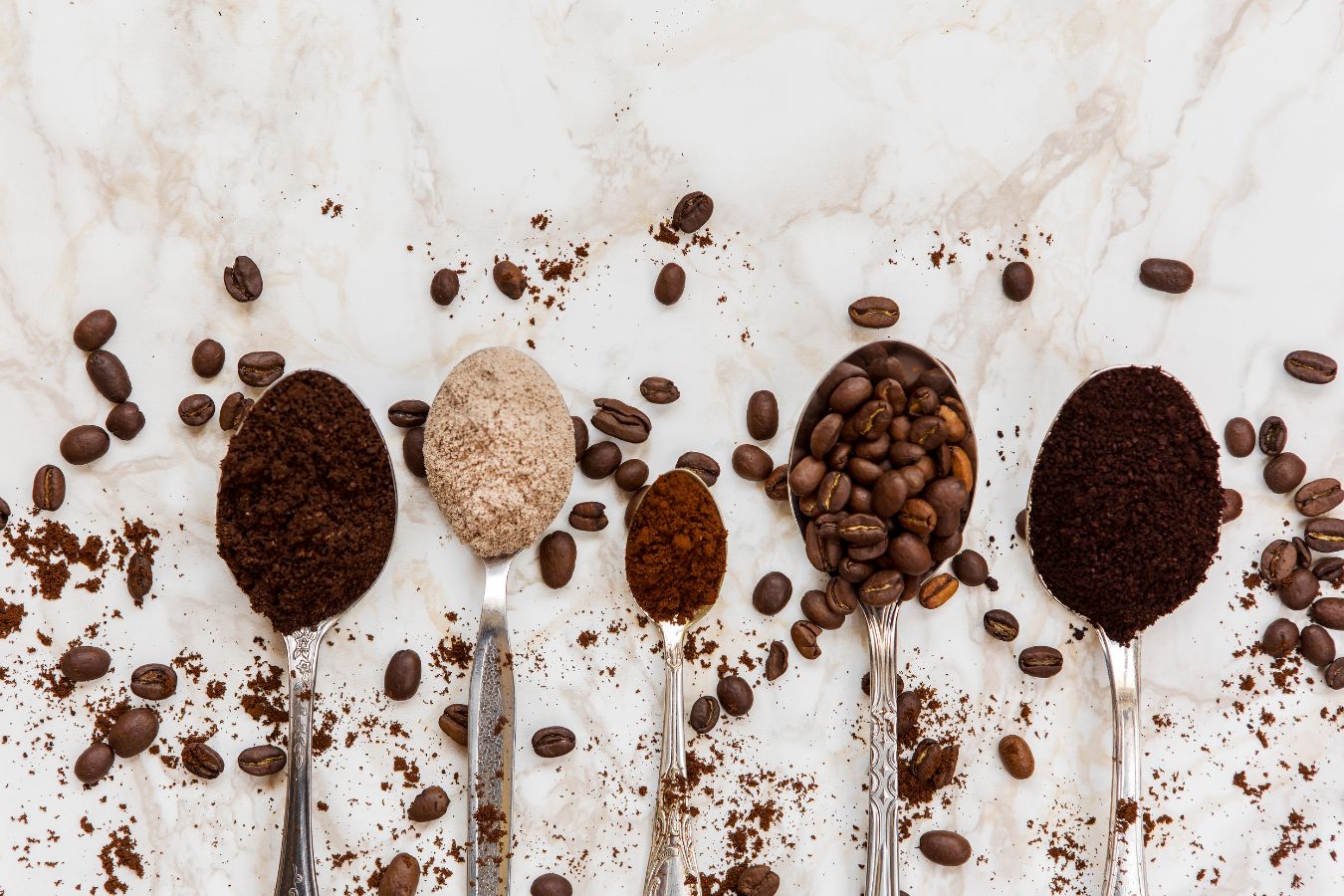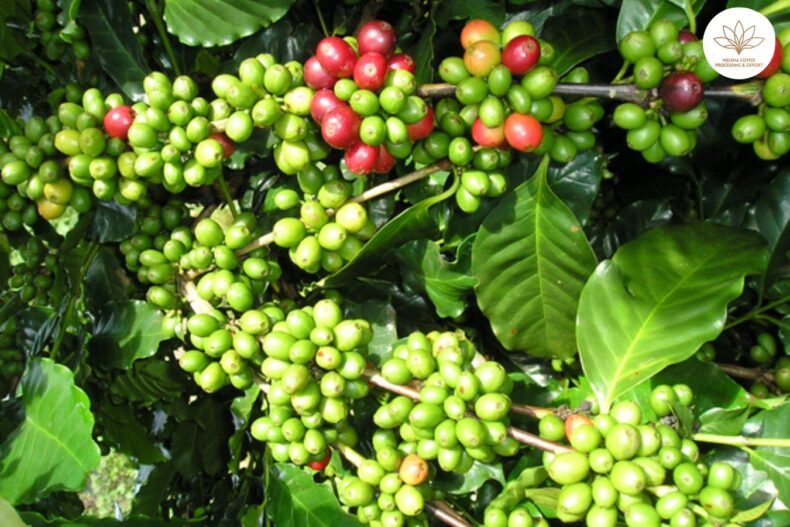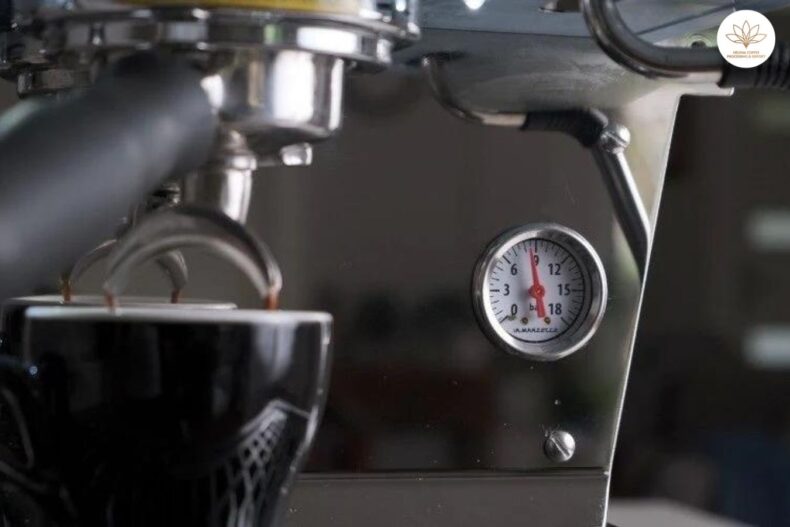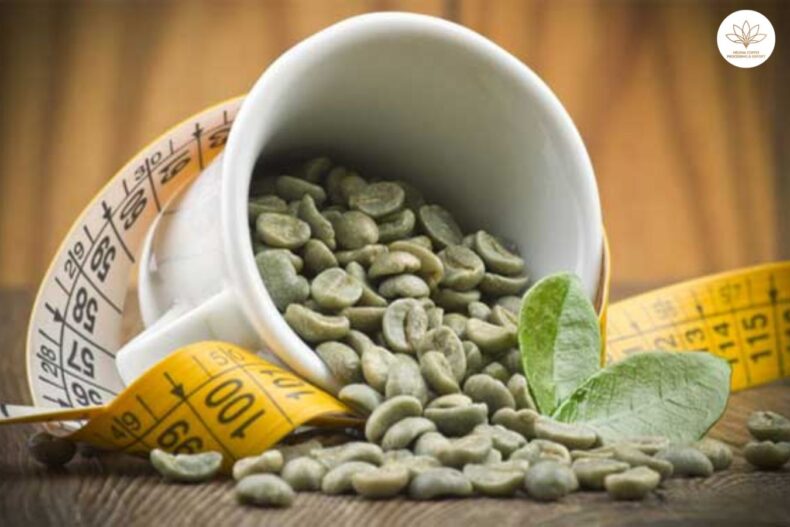
Grinding Coffee: The goal of grinding the beans before brewing is to expose enough surface area to extract enough flavor from the beans to make a nice cup of coffee. You’d get a very weak brew if you brewed whole beans.
The finer the beans are ground, the more surface area is exposed, and the coffee should brew faster in theory because the water has more access to it. This is critical when determining how finely the coffee should be ground for various brew processes. Let Helena learn about Grinding Coffee.
Because the size of the coffee grounds affects the speed with which the coffee brews, it’s critical to make all the particles the same size when grinding coffee. Finally, sanding the coffee exposes more of it to the air, causing it to get stale faster. Therefore it should ideally only be ground immediately before brewing.
The blade grinder (Whirly)
Electric grinders like these are ubiquitous and affordable. They use a metal blade connected to a motor that spins and shreds the coffee. The most severe issue is that this smashing action produces fine powder and huge chunks.
When you brew coffee grounds this way, the tiny fragments immediately provide a harsh flavor, while the larger pieces impart an unpleasant sourness. This unbalanced concoction isn’t going to be very enjoyable.
The grinder for burr
These are becoming coming money come in both electric and manual versions. They contain two cutting discs, known as burrs, facing each other, and the distance between them can be adjusted to modify the size of the coffee grounds produced.
The coffee grinds are uniform in size because they can’t escape until they’ve been cut down to the size of the gap between the burrs. Burr grinders generate even pieces with a variable size range, making them excellent for making superb coffee.
Burr grinders are more expensive than blade grinders, although manual variants are less expensive and simpler to operate.

It will prove to be an excellent investment if you appreciate coffee, especially if you are preparing espresso.
However, because grind size is vital in espresso – even a few hundredths of a millimeter can make a difference – it’s critical to invest in an espresso burr grinder with a powerful engine capable of finely grinding the beans. Some heroes can ground both filter coffees. Howeverpresso however, the majority only bite one.
Grind size and density
Unfortunately, not all coffees should be ground in the same way. Darker roasts are more fragile in the grinder and may require a rougher grind.
Similarly, if the coffee is cultivated at a much higher altitude than you usually drink — for example, if you’ve been drinking a fantastic Brazilian coffee and then switching to a Kenyan coffee – you may need to ground the high-grown coffee finer in your grinder.
After a few tries, you can make an educated judgment when switching coffees, avoiding too many unpleasant brews.


